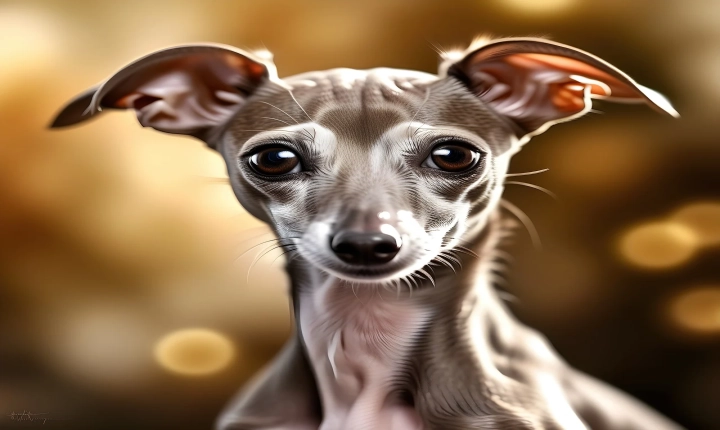Title: The Debate: Does AI Steal Art from Artists?
In recent years, the rise of artificial intelligence (AI) has sparked intense debates on its impact on various industries. One of the most contentious issues is whether AI “steals” art from artists. As AI technology continues to advance, questions arise about the originality and ownership of artistic creations produced by machines. This article delves into the nuances of this controversial topic and explores its implications for both artists and the AI industry.
AI-generated art refers to artwork created using algorithms, machine learning, and neural networks. These systems can analyze vast amounts of existing artwork and generate new pieces based on patterns and styles found in the data. Proponents of AI-generated art argue that it is a natural evolution of creative expression, while critics raise concerns about plagiarism, copyright infringement, and the potential devaluation of human artistic endeavors.
One of the main points of contention is the question of authorship and ownership. When AI creates a piece of art, who should be credited as the artist? In traditional artistic creation, the individual artist’s unique perspective, experiences, and emotions are intertwined with their work, making it a deeply personal and original expression. However, with AI-generated art, the human element is replaced by algorithms and data analysis, blurring the lines of authorship.
Another concern is the potential for AI to infringe on copyright and intellectual property rights. If an AI system generates a piece of art that closely resembles an existing artwork, does it constitute a violation of copyright law? This issue becomes even more complex when considering that AI can blend and reinterpret elements from multiple sources, making it challenging to pinpoint the original source of inspiration.
Furthermore, there is a fear among artists that AI-generated art could diminish the value and recognition of human-made artwork. If machines can produce art that is indistinguishable from, or even preferred over, human-made works, it could have profound implications for the art market and the perception of artistic authenticity.
On the other hand, supporters of AI-generated art argue that it has the potential to expand the boundaries of creativity and provide new tools for artists to explore and experiment with. AI can facilitate the generation of novel ideas, inspire innovative artistic approaches, and even serve as a collaborative tool for human artists. Additionally, some artists embrace AI as a new medium, using it to incorporate digital and technological elements into their practice.
As technology continues to advance, it is essential to address the ethical and legal implications of AI-generated art. To navigate this complex landscape, it is crucial to establish clear guidelines and regulations that acknowledge the unique relationship between humans and their creative expressions. Balancing the benefits of technological innovation with the protection of artistic integrity and originality is a challenge that requires collaboration between artists, technology developers, and policymakers.
In conclusion, the debate over whether AI “steals” art from artists raises pivotal questions about creativity, authorship, and the evolving role of technology in the arts. While AI-generated art offers exciting possibilities for innovation and experimentation, it also presents ethical and legal challenges that must be addressed. As the intersection of art and technology continues to evolve, it is crucial to engage in thoughtful and inclusive dialogues that consider the perspectives of artists, technologists, and society at large.
